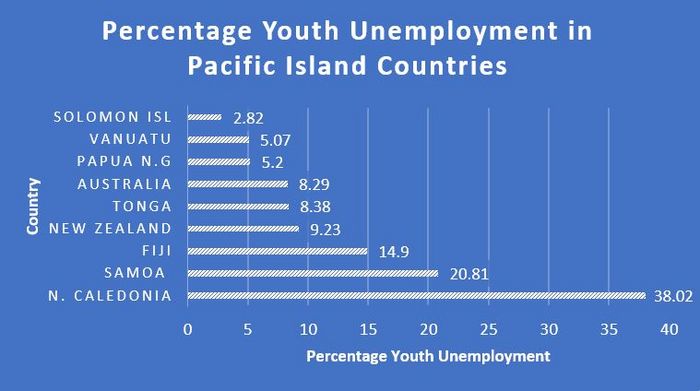MODFL/Mainstream/NEET
In many countries there are large numbers of youths who loiter the streets day in day out. They are not in employment, education or any form of training, hence have been dubbed the NEETs. In South Africa, this age group ranges between 15 and 24 years and reached a staggering figure of 3 million by 2022. Keeping youth for extended periods of disconnect from the labour market and education or training opportunities increases young people’s risk of remaining trapped in income poverty and of mental ill health. The situation feeds an endless cycle of exclusion that comes at a high cost for the individual young person, his or her family, and society at large, (SALDRU, 2023)2 .
1. What is the trend in terms of number of children out of school from year to year in the country you read about?
Read the case study below to get a better understanding of youth unemployment and possible social problems that arise from this problem.
Case Study 1: Youth Lacking Opportunities
Youth are the future, yet many young people lack faith in that future. Although young people make up a large share of the population in many developing countries, many feel that they cannot influence their destiny, are locked out of economic opportunities, and that their concerns and views are not taken into account. As manifested during the Arab spring, young people’s discontent spills over into social unrest. In perceptions of standards of living, life evaluation, social well-being, community attachment and trust in national government. Youth in the Middle East and North Africa and Sub- Saharan Africa hold lower expectations for the future than their cohorts in other regions. Surveys undertaken of views and preferences of Moroccan and Tunisian youth reveal dissuasion, frustration, and isolation. Youth feel that they lack control over their economic future, and that prospects locally are poor. Although they are more educated than previous generations, the quality of education and skills acquired are considered insufficient to obtain a good job or even internship without personal or family networks and connections. The perceptions of exclusion are reflected in low economic, civic and political participation. For example, half of all young people in Morocco are neither working nor in education or training. Young Moroccans and Tunisians are also disengaged from their communities: they are not active in civil society, mistrust the political system, and are less likely to vote in national election than older citizens.
Sources: World Bank (2012a3 , 2014a4 )
2. Based on your understanding of the case study, what are the major social and economic problems of youth unemployment? Share your views with your peers in the discussion forum.
3. Examine the regional comparisons of youth unemployment in Table 2 below and answer the question that follows.
Regional comparisons The average unemployment rate for youth (15 – 24 years) in 10 countries in Asia was 10.18 percent in 2022, (the Global Economy, 2024)5 . Countries like Cambodia and Thailand have 0.85% and 4.47% respectively. Table 2 below shows the extent of youth unemployment in different regions of the world, including South East Asia. Note that the statistics are based on selected countries in the various regions.
Table 2: Youth unemployment by region
| Region | % Figures | Comments |
|---|---|---|
| Europe | 16.22 | Based on 39 countries |
| South East Asia | 10.18 | Based on 10 countries |
| Latin America | 15.77 | Based on 20 countries |
| Africa | 18.46 | Based on 52 countries |
| Sub-Saharan Africa | 15.71 | Based on 46 countries |
| South America | 17.35 | Based on 12 countries |
| MENA6 | 26.28 | Based on 18 countries |
| North America | 18.48 | Based on 19 countries |
Source of data: The Global Economy, (2023)7
4. Which two of the reported regions have the highest youth unemployment rates and which two have the lowest? Share your views with your peers in the discussion forum.
From Table 2, you now have some idea of global trends regarding youth unemployment. You can now compare with youth unemployment trends in the Pacific Island countries shown in Figure 1. Study Figure 1 carefully and answer the questions that follow:
Youth unemployment in the Pacific
According to the International Labour Organisation8 , youth unemployment in the Pacific is estimated at 23 per cent. Figure 1 below shows the scale of this problem in some of the Pacific Island Countries.
Figure 1: Youth unemployment in the Pacific Island countries
Source: Global Economy, (2024)
5. Find out how many youths (age groups vary from country to country, so use the norm for your country) are not in employment, education or training in your country.
